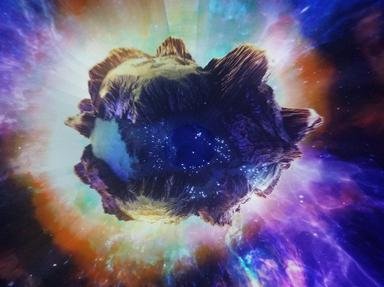Quiz Answer Key and Fun Facts
1. Nebulae are mostly made up of which of these constituents?
2. The interstellar medium (ISM), the matter between stars, makes up less than 1% of the visible mass in our Milky Way galaxy, and nebulae are denser visible regions of ISM.
3. Some astronomical objects that were originally called nebulae turned out to be distant galaxies.
4. The famous Crab Nebula was formed by a supernova explosion which was observed on Earth in the year 1054.
5. We can now tell the difference between nebulae and distant galaxies and nebulae are never as large as galaxies.
6. The first records of observation of the diffuse nature of the Orion Nebula by telescope were made in which century?
7. Which astronomer, along with his sister, catalogued the observation of 1,000 nebulae and star clusters first published in 1786?
8. We can see nebulae because they all predominantly emit light themselves.
9. Some nebulae actually absorb light and appear as dark regions in space.
10. Our sun is expected to eventually form a nebula surrounding its remnants when it gets to its final stage of evolution.
Source: Author
andshar
This quiz was reviewed by FunTrivia editor
rossian before going online.
Any errors found in FunTrivia content are routinely corrected through our feedback system.
